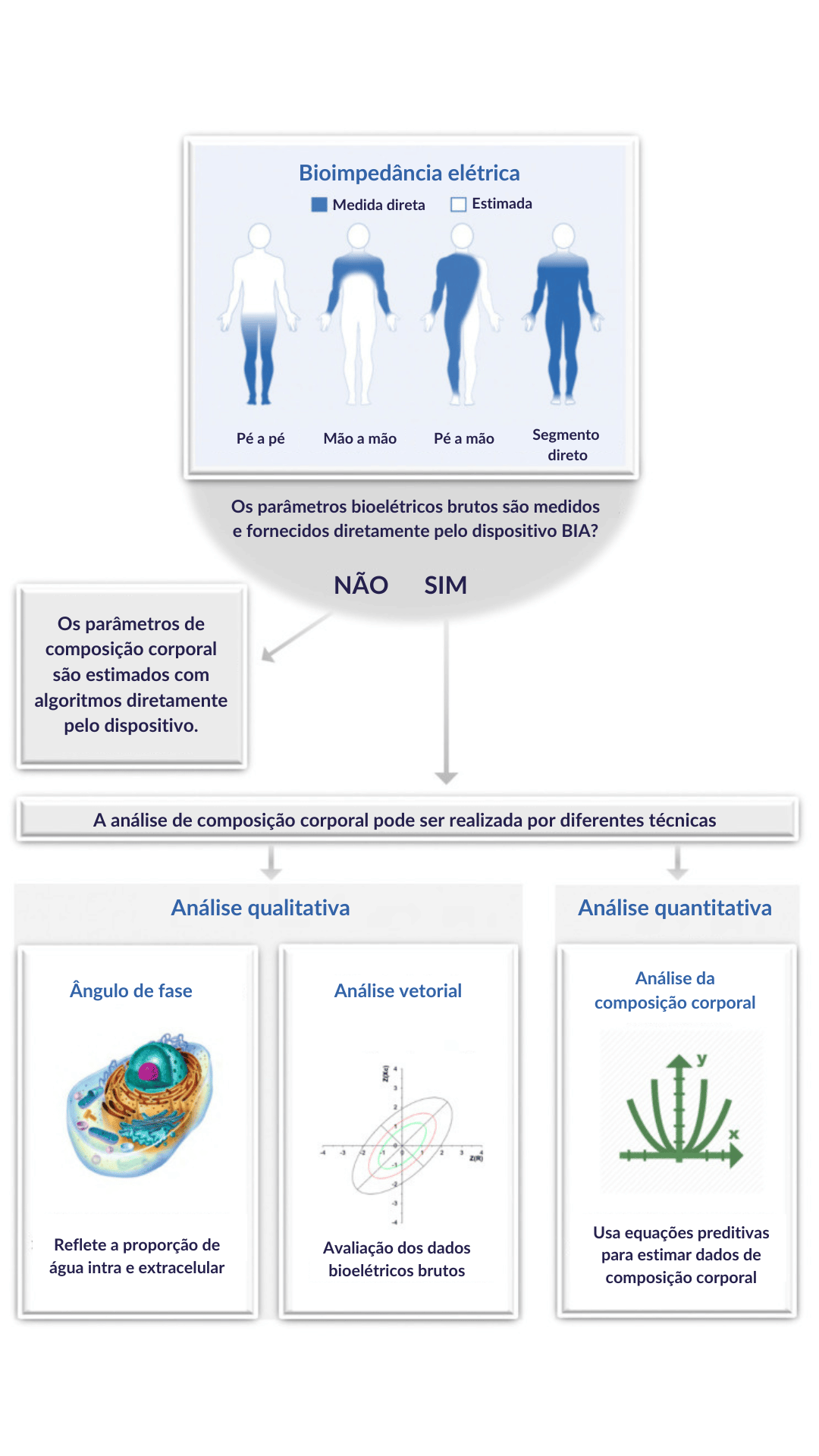 La invalidación consiste en menospreciar o criticar a otra persona o a nosotros mismos por sentirnos como nos sentimos. De manera frecuente las personas inseguras fueron invalidadas por alguien cercano a ellas, y han que viene dentro ese discurso, de manera que pasan a invalidarse a ellas mismas. Cada uno de nosotros transporta un paseo personal, que no se parece en nada el de nuestro amigo, vecino, hermano… Cada uno de ellos tiene una manera de ser, tiene unas experiencias determinadas. Igual que no tenemos la posibilidad de equiparar qué es preferible si un delfín o un caballo, porque simplemente no son iguales, tampoco tiene sentido cotejarnos con los demás. Y más cuando esta se apoya en equiparar nuestras dificultades y miserias con los éxitos y la imagen que los demás quieren dar.
La invalidación consiste en menospreciar o criticar a otra persona o a nosotros mismos por sentirnos como nos sentimos. De manera frecuente las personas inseguras fueron invalidadas por alguien cercano a ellas, y han que viene dentro ese discurso, de manera que pasan a invalidarse a ellas mismas. Cada uno de nosotros transporta un paseo personal, que no se parece en nada el de nuestro amigo, vecino, hermano… Cada uno de ellos tiene una manera de ser, tiene unas experiencias determinadas. Igual que no tenemos la posibilidad de equiparar qué es preferible si un delfín o un caballo, porque simplemente no son iguales, tampoco tiene sentido cotejarnos con los demás. Y más cuando esta se apoya en equiparar nuestras dificultades y miserias con los éxitos y la imagen que los demás quieren dar.Principales certificaciones en ciberseguridad
Con paciencia, perseverancia y la asistencia correcta, puedes aprender a quererte a ti y a vivir una vida más plena y satisfactoria. La inseguridad sexual tiene relación a la carencia de seguridad en ti en el campo de la sexualidad. Puede manifestarse en la vergüenza, el miedo al rechazo, la dificultad para expresar tus deseos y la evitación de situaciones sexuales. Las inseguridades, Como funciona avaliação corporal? ahora hemos citado, son una sección natural de la experiencia humana. No obstante, cuando se acentúan y empiezan a afectar negativamente nuestra vida día tras día, es importante entender las causas subyacentes para poder abordarlas de manera efectiva. La inseguridad social frecuenta deberse a una falta de seguridad en nuestras capacidades para desempeñarnos adecuadamente o tener cierto nivel de éxito en los entornos sociales. Cuando nos preocupamos demasiado con lo que piensen los demás sobre nosotros, nos sentiremos mucho más ansiosos e inseguros y no entenderemos de qué manera comportarnos.
Inseguridad en las relaciones interpersonales
No obstante, cuando los mecanismos de defensa, como en el ejemplo anterior, ubican a la persona en una situación de padecimiento reiterado, quizás sea el momento de consultar a un psicoterapeuta. Las personas inseguras en sus relaciones no están prestas a enseñar sus inseguridades y no confían totalmente en el resto. Comparaciones con estereotipos sexuales, experiencias sexuales negativas, falta de comunicación con la pareja. Baja autovaloración, trastornos alimenticios, eludir ocasiones sociales donde el cuerpo esté expuesto, como la playa o piscinas.
 Navarro, a former FBI agent, knows firsthand how a lot info we are able to learn through gestures, body actions, facial expressions, and tone of voice. He also knows simply how cautious we now have to be in how we interpret physique language. By the time kids reach college age, there are some with full social calendars, while others spend their time capturing spitballs at the ceiling. One of the major factors in social success, even at an early age, is a child’s sense of nonverbal cues.
Navarro, a former FBI agent, knows firsthand how a lot info we are able to learn through gestures, body actions, facial expressions, and tone of voice. He also knows simply how cautious we now have to be in how we interpret physique language. By the time kids reach college age, there are some with full social calendars, while others spend their time capturing spitballs at the ceiling. One of the major factors in social success, even at an early age, is a child’s sense of nonverbal cues.Summary of primary ideas, neural proof, and future challenges about the theories explaining language semantic processing and evolution. If someone avoids making eye contact with you, it could possibly be a unfavorable signal for a quantity of causes. If someone stares or glares at you, it’s normally not a positive signal. For this cause, physique language can usually tell others extra about what we think or feel than the words we use. Although we are ready to talk with our words and tone of voice, there’s another language we all speak. After viewing photographs with both only the face or solely the body, individuals have been requested to rate the tennis player’s perceived level of arousal and emotional expertise. They had been more accurate when viewing the physique versus the face (Huxter et al., 2023).
Arms and hands
While in some instances, an absence of eye contact signifies untrustworthiness, for instance, it doesn't mean you routinely cannot belief someone who is not taking a glance at you in the eyes. It could be they are distracted and thinking about one thing else. How we hold our our bodies can also serve as an important part of body language. For instance, you might have heard the phrase "bedroom eyes" used to explain the look somebody gives when they are attracted to a different individual. Highly dilated eyes, for instance, can point out that an individual is interested and even aroused. Blinking is natural, however you should also pay attention to whether or not an individual is blinking an extreme amount of or too little. The expression on a person's face can even help determine if we belief or believe what the person is saying.
Personal Space
Scientists connect nice significance to the human capacity for spoken language. But we also have a parallel track of nonverbal communication, which can reveal greater than our rigorously chosen words, and sometimes be at odds with them. The gestures we make, the position by which we maintain our our bodies, the expressions we put on on our faces and the nonverbal qualities of our speech – all contribute to how others view us. Body language is the science of nonverbal signals such as gestures, facial expressions, and eye gaze that communicate a person’s emotions and intentions. In complete, there are 11 forms of body language that we use to communicate. Unlike words, body language is often carried out subconsciously and constitutes a big a part of our communication.
Interestingly, when verbal and nonverbal cues conflict, we are inclined to belief the nonverbal. It’s why a forced smile not often convinces us of someone’s happiness, or why a person’s fidgeting would possibly betray their nervousness despite their calm words. This phenomenon, generally identified as the "leakage impact," highlights the usually uncontrollable nature of our physique language. But it was perhaps Paul Ekman who really catapulted the examine of body language into the mainstream. His groundbreaking research on facial expressions within the Nineteen Sixties and 70s revealed that certain expressions are universal throughout cultures, challenging the prevailing belief that emotional expressions had been completely learned.




